In the world of aquariums, few fish captivate hobbyists quite like the Endler’s Livebearer (Poecilia wingei). This tiny, colorful fish has a rich history and a fascinating set of characteristics that make it a popular choice among aquarists. Endler’s Livebearer goes by several names in the aquarium trade. You might hear it referred to as the Endler Guppy, Endler’s Guppy, or simply Endlers. These names pay homage to the fish’s discoverer, Dr. John Endler, who first collected the species in Venezuela in 1975.
Table of Contents
Poecilia wingei belongs to the Poeciliidae family, which includes other popular aquarium fish like guppies, mollies, and swordtails. Originally considered a subspecies of the common guppy (Poecilia reticulata), Endler’s Livebearer was later recognized as a distinct species due to its unique genetic makeup and color patterns. What makes Endler’s Livebearers truly fascinating is their incredible color variation. Male Endlers display a stunning array of colors and patterns, ranging from vibrant reds and oranges to iridescent greens and blues. No two fish are exactly alike, making each one a unique addition to your aquarium. Their small size (around 1 inch) also allows for keeping them in smaller aquariums, making them accessible to a wide range of hobbyists.
In the wild, Endler’s Livebearers inhabit the clear, shallow waters of Venezuela, particularly in the Campoma Lagoon. They prefer heavily planted areas with a temperature range of 64-84°F (18-29°C). As mid-dwellers, they spend most of their time in the middle and upper portions of the water column. Endlers are omnivorous, feeding on a variety of small invertebrates, algae, and plant matter in their natural habitat.
Endler’s Livebearers are known for their peaceful and active nature, making them a great addition to community tanks. They thrive in the company of other peaceful fish species, such as Corydoras catfish, Neon Tetras, and small Rasboras. However, it’s essential to keep them separate from larger, more aggressive fish that might view them as a tasty snack.
Did you know that Endler’s Livebearers are incredibly prolific breeders? Females can give birth to as many as 30 fry every 23-24 days, making them a great choice for those interested in breeding their own fish. Additionally, these little fish have a lifespan of around 3 years, giving you plenty of time to enjoy their vibrant colors and lively personalities.
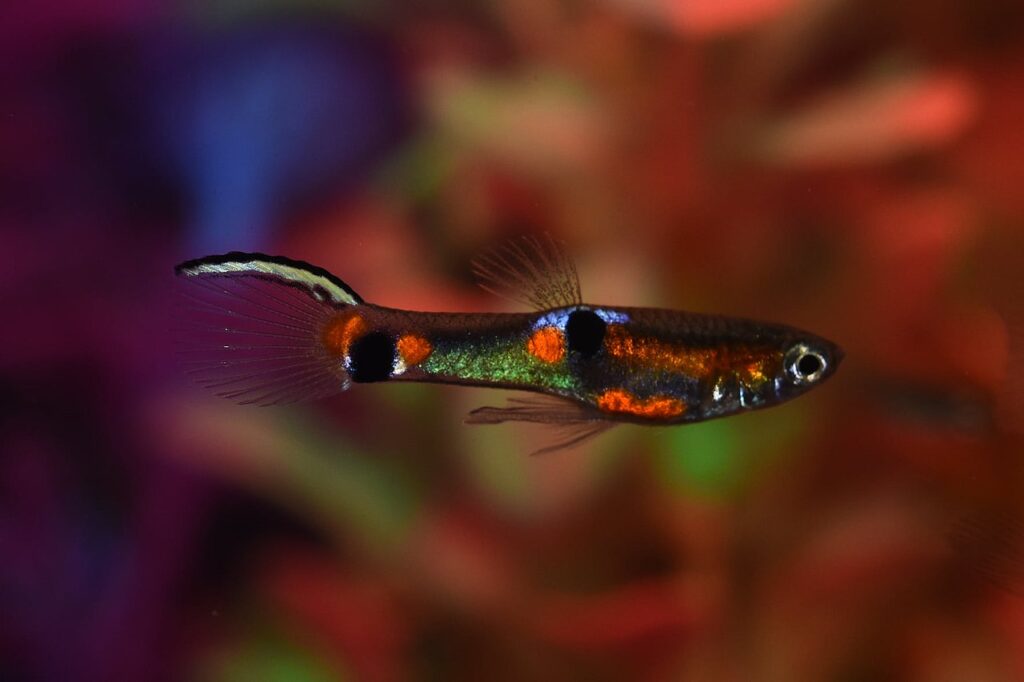
Key Information
Endler’s Livebearer (Poecilia wingei) is a stunning freshwater fish that captivates aquarium enthusiasts with its vibrant colors and intricate patterns. Males, in particular, exhibit an incredible array of hues, ranging from bright reds and oranges to iridescent greens and blues. The color combinations and patterns are unique to each individual, making every Endler’s Livebearer a one-of-a-kind addition to any aquarium.
| Family | Poeciliidae |
| Origin | Venezuela |
| Price | $2 to $5 per fish |
| Common Names | Endler’s Livebearer, Endler Guppy, Endler’s Guppy |
| Variants | Black Bar, Peacock, Yellow Jacket, El Silverado, and many more |
| Ideal Tank Size | Minimum 10 gallons |
| Water Parameters | Temperature: 64-84°F (18-29°C), pH: 6.5-8.5, Hardness: 9-20 dGH |
| Lifespan | 2-3 years |
| Full Size | 1-1.5 inches (2.5-3.8 cm) |
| Natural Environment | Clear, shallow waters in Venezuela, particularly the Campoma Lagoon |
| Behavior | Peaceful, active, and social |
| Habitat Preference | Mid-dwellers, prefer heavily planted areas |
| Aquarium Decoration | Densely planted with live plants, providing hiding spots and areas for exploration |
| Ideal Tank Mates | Other peaceful fish such as Corydoras catfish, Neon Tetras, and small Rasboras |
| Fish to Avoid | Larger, aggressive fish that may view Endler’s Livebearers as prey |
| Best Foods/Diet | Omnivorous; high-quality flake food, supplemented with frozen or live foods like brine shrimp, daphnia, and bloodworms |
| Disease | Generally hardy, but can be susceptible to common fish diseases if water quality is poor |
| Sex-Switch | No, Endler’s Livebearers do not change sex |
| Gender Differences | Males are smaller and more colorful, displaying a variety of patterns; females are larger and have a more subdued coloration |
| Care Level | Easy, suitable for beginners |
| Breeding Level | Easy; Endler’s Livebearers are prolific breeders, with females giving birth to live young every 23-24 days |
Ideal Tank Mates
When considering ideal tank mates for Endler’s Livebearers (Poecilia wingei), it’s essential to choose fish that share similar water parameters, temperament, and habitat preferences. Endler’s Livebearers are peaceful, active, and relatively small, making them well-suited for community tanks with other non-aggressive species.
Compatibility is key when selecting tank mates for Endler’s Livebearers. You want to ensure that the fish you choose won’t view your Endlers as a tasty snack or compete with them for resources. Additionally, it’s important to maintain a balanced ecosystem within your aquarium, which means selecting tank mates that occupy different levels of the water column and have various feeding habits.
Here are 15 ideal tank mates for Endler’s Livebearers, along with explanations for their compatibility:
Neon Tetras (Paracheirodon innesi)
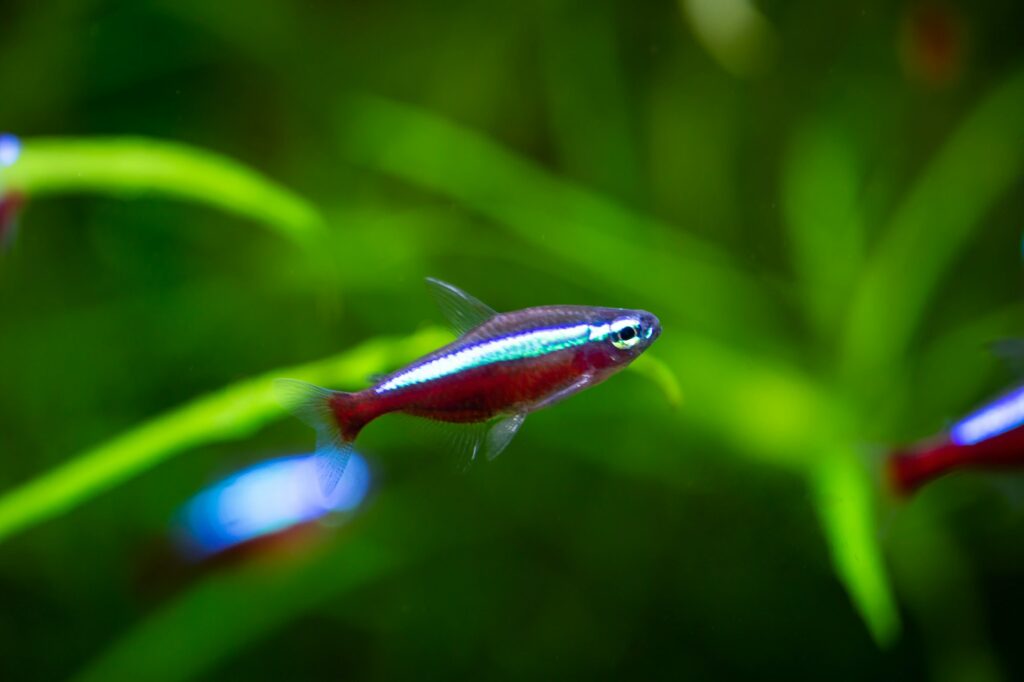
Neon Tetras are small, peaceful, and colorful fish that make excellent tank mates for Endler’s Livebearers. They occupy the middle and upper levels of the water column, reducing competition for space with the mid-dwelling Endlers.
Ember Tetras (Hyphessobrycon amandae)
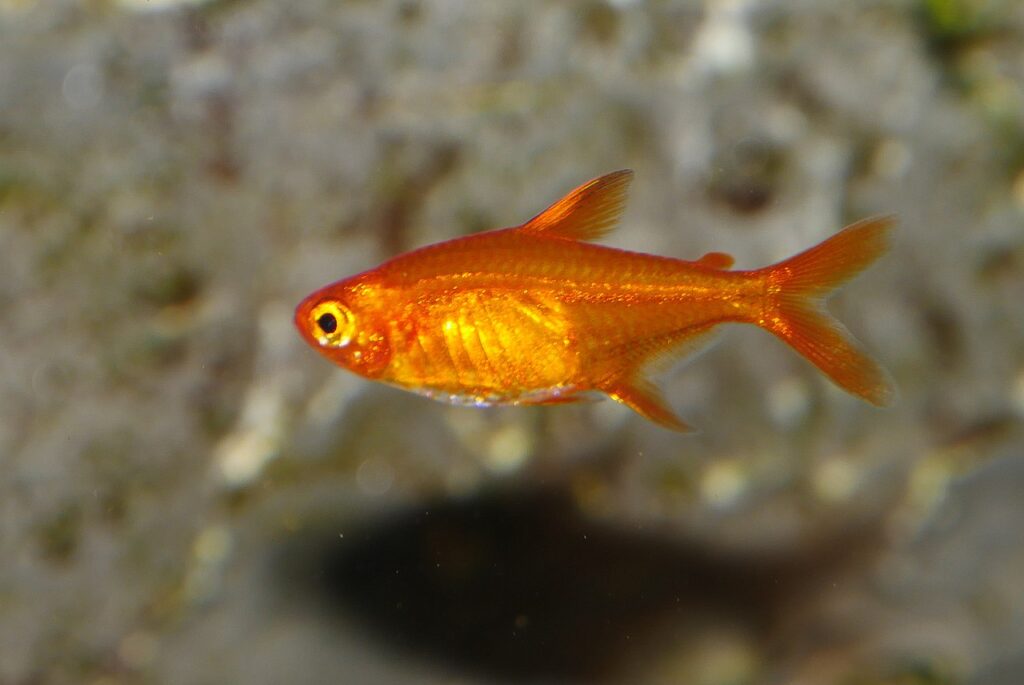
Like Neon Tetras, Ember Tetras are small, peaceful, and brightly colored. They are slightly smaller than Endlers and occupy similar regions of the water column, making them a good visual complement without causing territorial disputes.
Pygmy Corydoras (Corydoras pygmaeus)
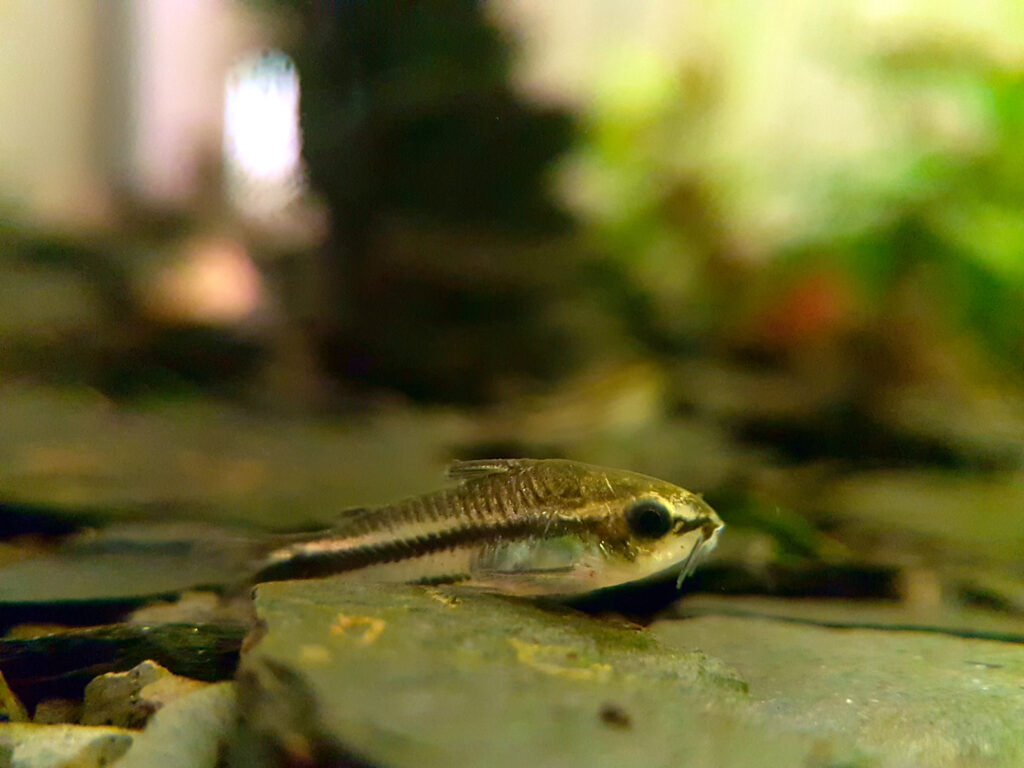
Pygmy Corydoras are tiny, peaceful bottom-dwellers that help keep the substrate clean by scavenging for leftover food. They have a gentle temperament and won’t compete with Endlers for space or resources.
Cherry Shrimp (Neocaridina davidi)
Cherry Shrimp are small, colorful invertebrates that make excellent tank mates for Endler’s Livebearers. They help maintain a clean aquarium by consuming algae and uneaten food particles, and their small size prevents them from posing a threat to adult Endlers.
Otocinclus Catfish (Otocinclus spp.)
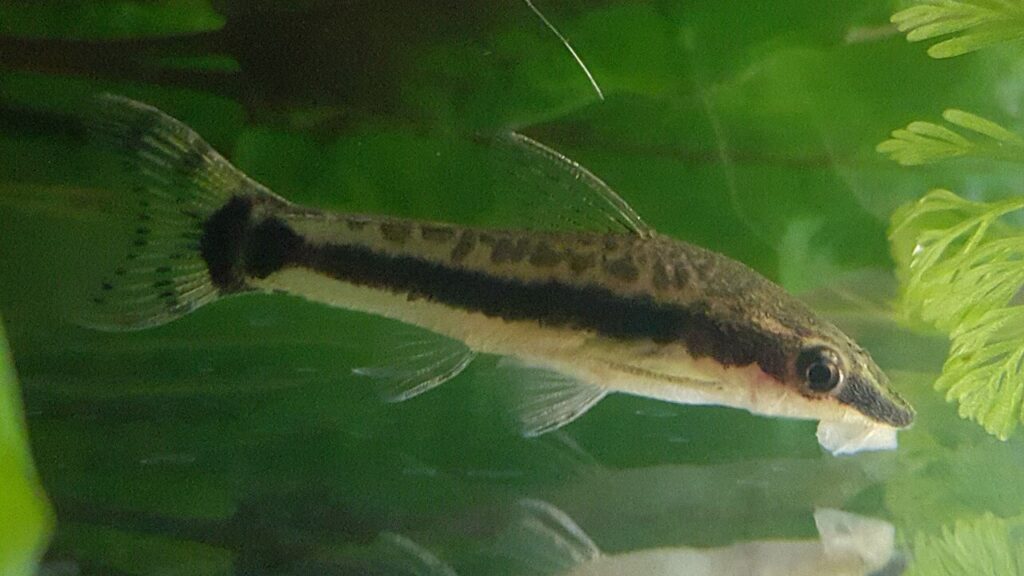
Otocinclus Catfish are small, peaceful algae-eaters that help keep aquarium plants and surfaces clean. They are non-aggressive and won’t compete with Endlers for food or space.
Harlequin Rasboras (Trigonostigma heteromorpha)
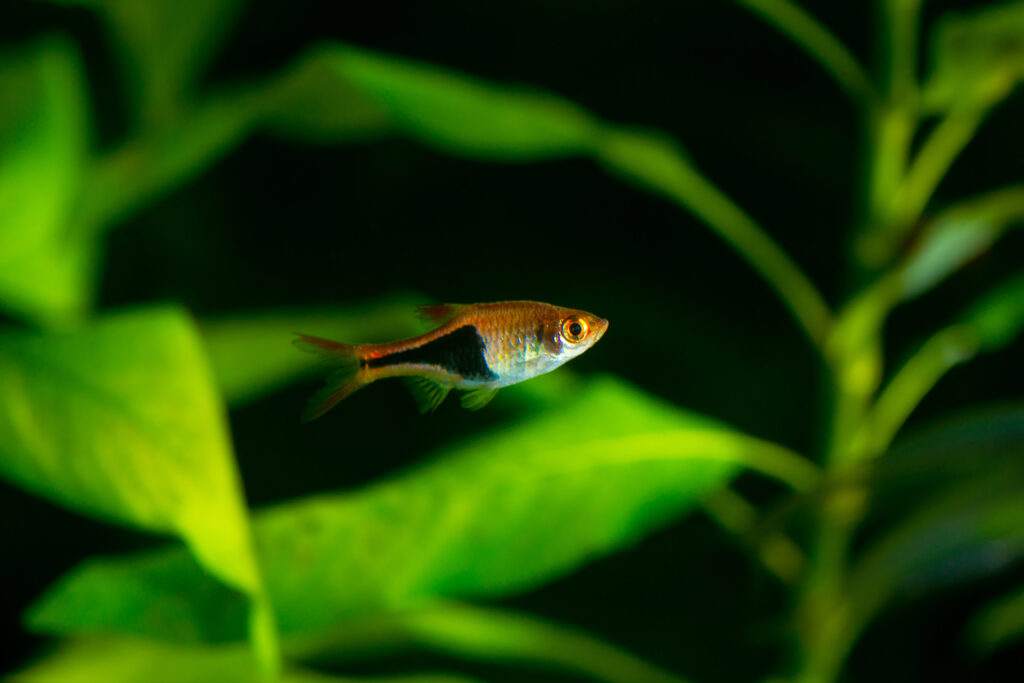
Harlequin Rasboras are small, peaceful fish that add a splash of color to the upper levels of the water column. They are active swimmers but won’t disturb the Endlers in the mid-level region.
Lambchop Rasboras (Trigonostigma espei)
Similar to Harlequin Rasboras, Lambchop Rasboras are small, peaceful, and colorful. They occupy the upper levels of the water column and have a gentle temperament, making them ideal tank mates for Endlers.
Kuhli Loaches (Pangio kuhlii)
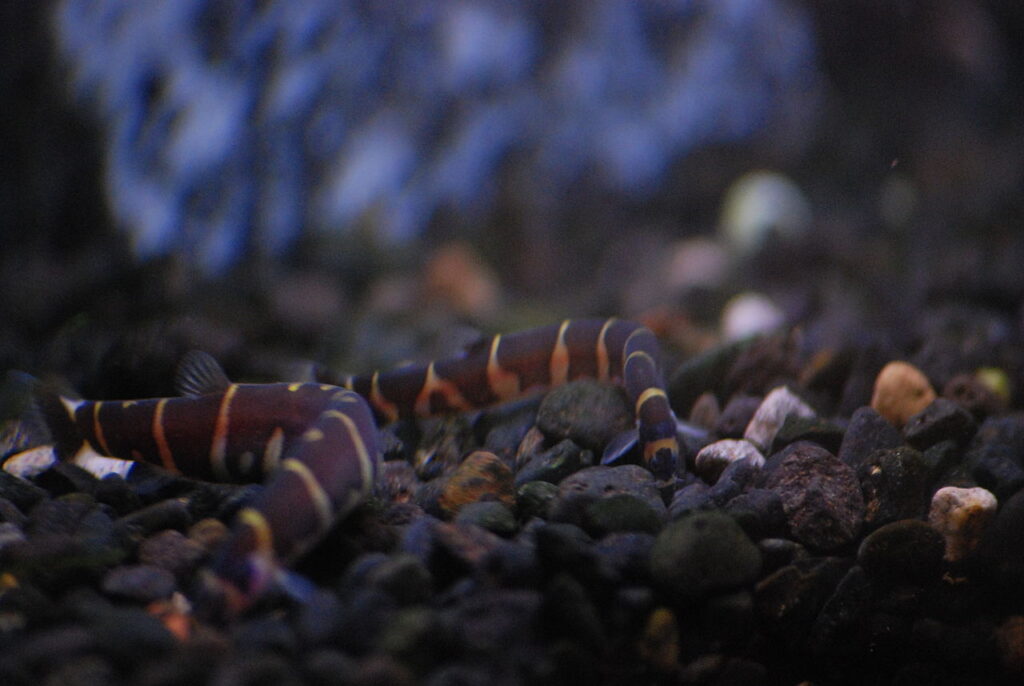
Kuhli Loaches are peaceful bottom-dwellers that help keep the substrate clean and aerated. They have a unique eel-like appearance and are most active at night, reducing competition with the diurnal Endlers.
Dwarf Gouramis (Trichogaster lalius)
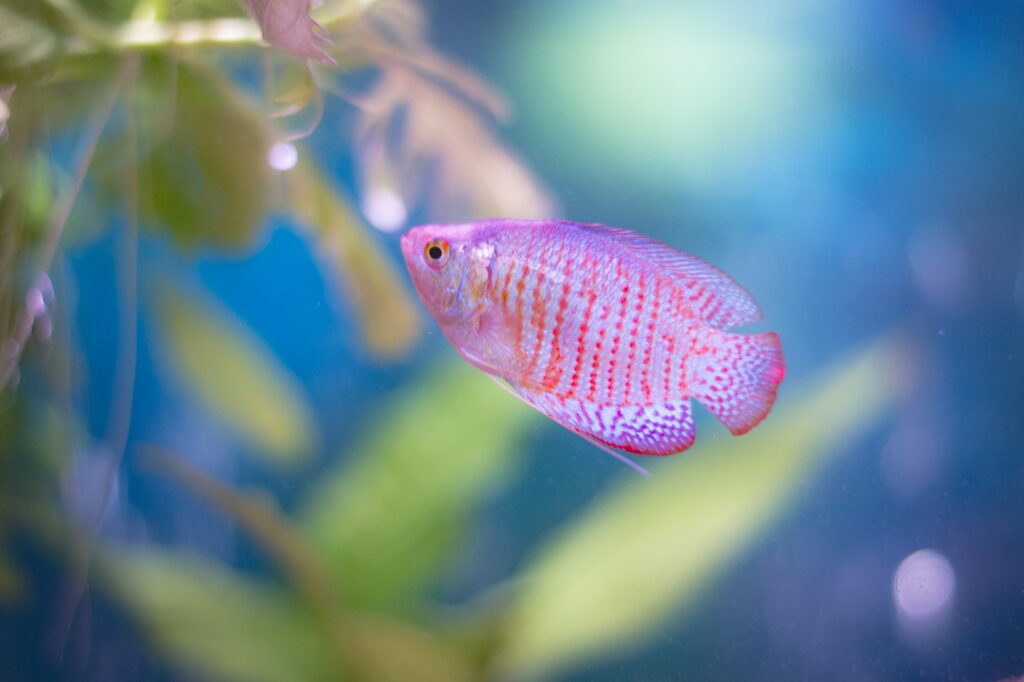
Dwarf Gouramis are small, colorful, and relatively peaceful fish that occupy the upper levels of the water column. They are slow swimmers and have a gentle temperament, reducing the likelihood of aggression towards Endlers.
Celestial Pearl Danios (Danio margaritatus)
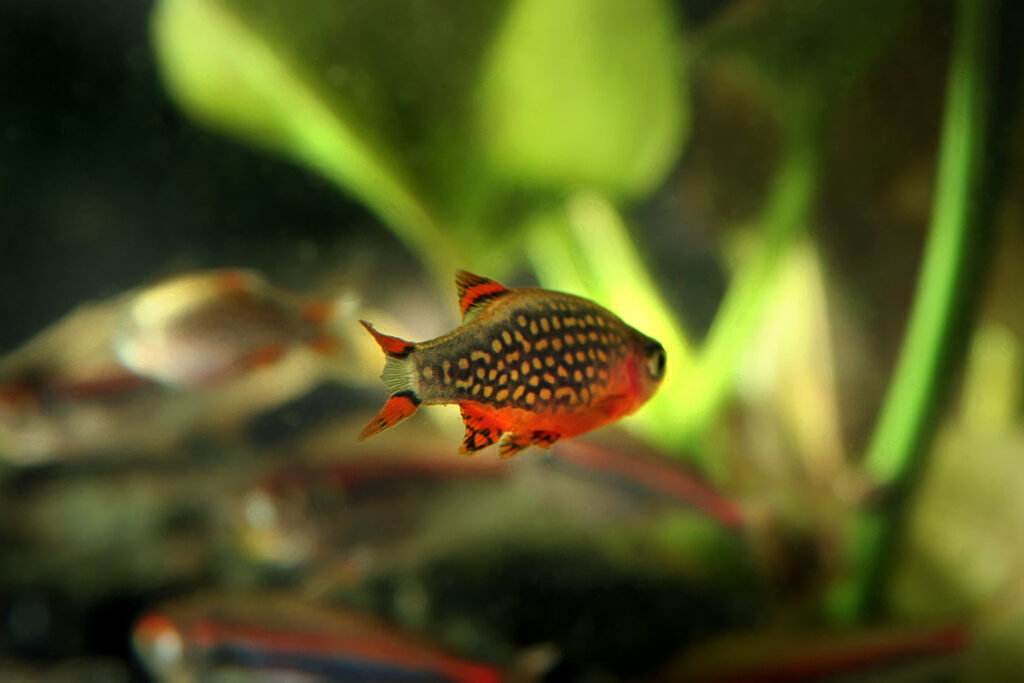
Celestial Pearl Danios, also known as Galaxy Rasboras, are small, peaceful fish with a unique spotted pattern. They occupy the middle and upper levels of the water column and have a calm demeanor, making them a good match for Endlers.
Chili Rasboras (Boraras brigittae)
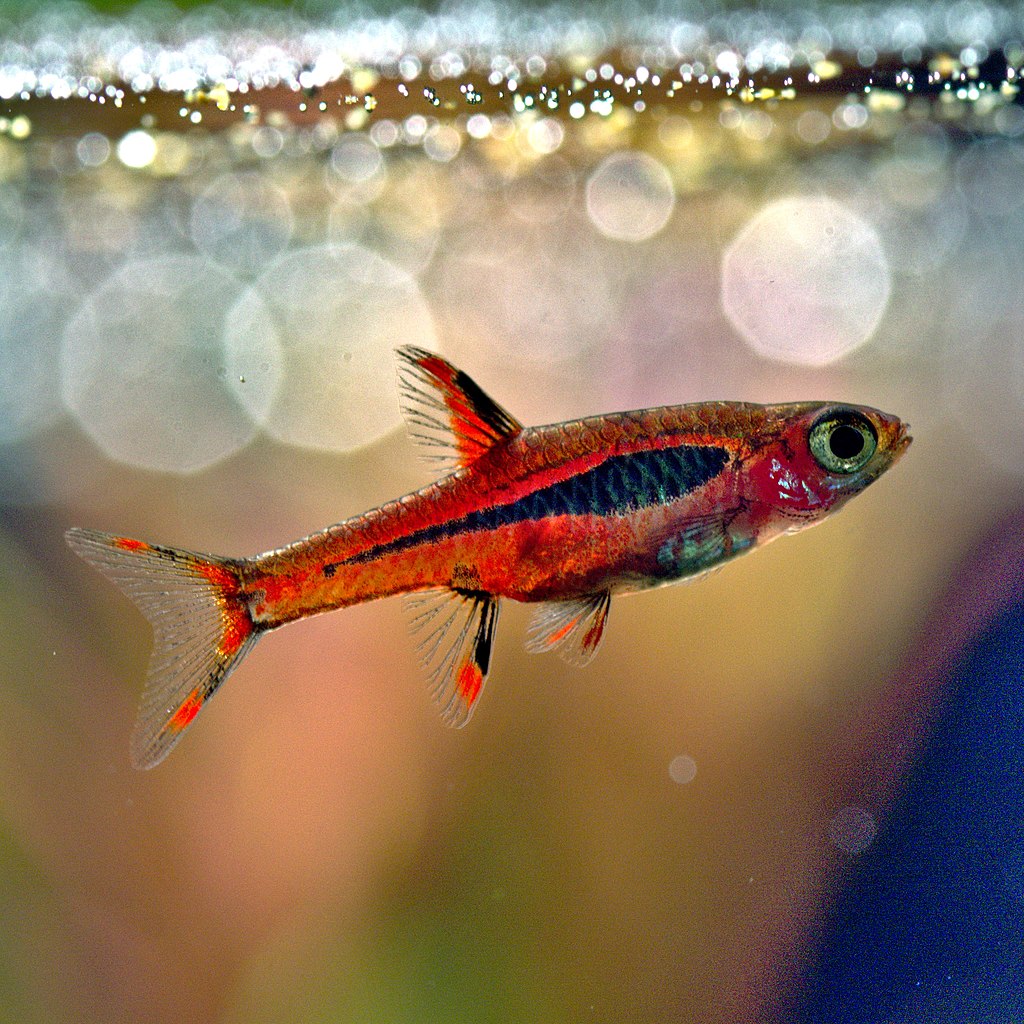
Chili Rasboras are tiny, colorful fish that are well-suited for planted aquariums. They are peaceful, active swimmers that occupy the middle and upper levels of the water column, providing a visually striking contrast to the Endlers.
Dwarf Corydoras (Corydoras hastatus)
Dwarf Corydoras, like their Pygmy counterparts, are small, peaceful bottom-dwellers that help maintain a clean substrate. They are non-aggressive and won’t compete with Endlers for resources.
Cardinal Tetras (Paracheirodon axelrodi)
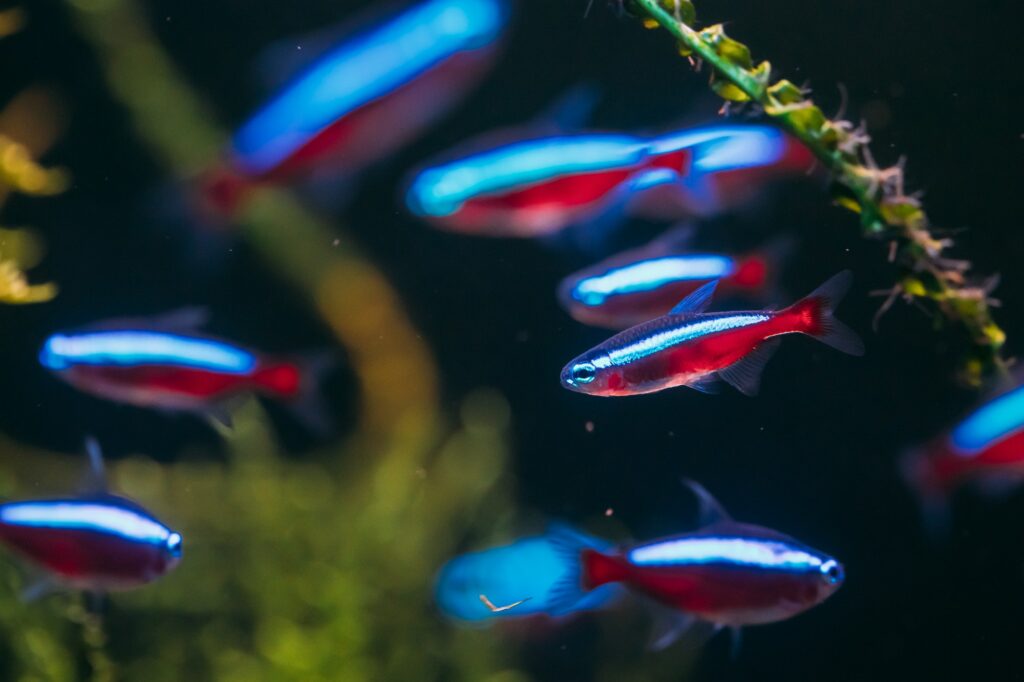
Cardinal Tetras are slightly larger than Neon Tetras but share similar peaceful temperaments and striking colors. They occupy the middle and upper levels of the water column and make visually appealing tank mates for Endlers.
Rummy-nose Tetras (Hemigrammus bleheri)
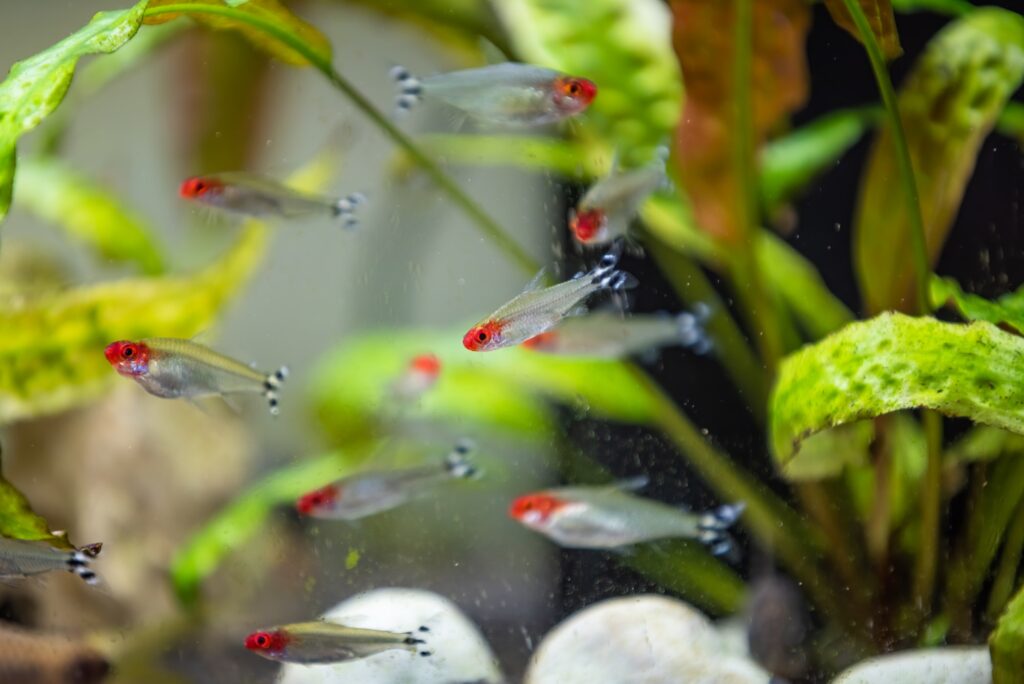
Rummy-nose Tetras are peaceful, active swimmers that add a vibrant splash of red to the upper levels of the water column. They are non-aggressive and won’t compete with Endlers for space or food.
White Cloud Mountain Minnows (Tanichthys albonubes)
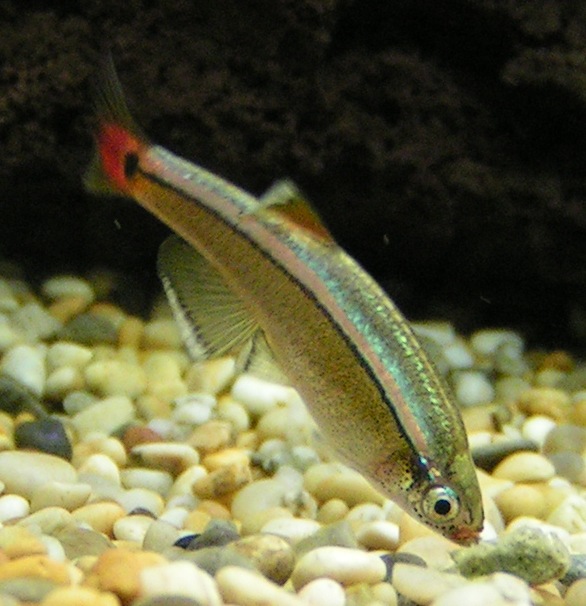
White Cloud Mountain Minnows are small, hardy fish that thrive in cool water conditions similar to those preferred by Endlers. They are peaceful, active swimmers that occupy the middle and upper levels of the water column, making them excellent tank mates for Endler’s Livebearers.
FAQs
How many Endler’s Livebearers should I keep in my aquarium?
Endler’s Livebearers are social fish that thrive in groups. It’s recommended to keep at least six individuals, with a ratio of one male to two or three females. This helps to minimize aggression among males and ensures a more harmonious community.
Can I keep Endler’s Livebearers with other Livebearer species?
While it’s possible to keep Endler’s Livebearers with other Livebearer species like Guppies or Mollies, it’s not recommended. Endlers can hybridize with other Livebearers, resulting in offspring that may lack the unique characteristics and colors of pure Endler strains.
How often should I feed my Endler’s Livebearers?
Endler’s Livebearers have small stomachs and high metabolisms, so it’s best to feed them small amounts of food several times a day. Offer a varied diet consisting of high-quality flake food, supplemented with frozen or live foods like brine shrimp, daphnia, and bloodworms.
Do Endler’s Livebearers require special lighting?
Endler’s Livebearers don’t have any specific lighting requirements, but they do benefit from a well-lit aquarium that promotes the growth of live plants. Aquarium plants not only provide shelter and hiding spots for Endlers but also help maintain good water quality.
How can I prevent my Endler’s Livebearers from overbreeding?
Endler’s Livebearers are prolific breeders, and without intervention, their population can quickly grow out of control. To prevent overbreeding, you can keep only males or only females in your aquarium. Alternatively, you can introduce natural predators like Dwarf Gouramis or Angelfish, which will help control the fry population.
Can I keep Endler’s Livebearers in an unheated aquarium?
While Endler’s Livebearers are relatively adaptable to a range of water temperatures, they prefer a stable environment between 64-84°F (18-29°C). In most cases, an aquarium heater is recommended to maintain a consistent temperature and prevent stress on your fish.
How can I tell if my Endler’s Livebearer is pregnant?
Female Endler’s Livebearers develop a dark, triangular gravid spot near their anal fin when they are pregnant. As the pregnancy progresses, the gravid spot becomes more pronounced, and the female’s belly will appear swollen. Pregnant females may also exhibit behavioral changes, such as seeking out secluded areas of the aquarium.
Do Endler’s Livebearers need a special diet during pregnancy?
Pregnant Endler’s Livebearers have higher nutritional requirements to support the development of their fry. In addition to their regular diet, provide pregnant females with extra protein-rich foods like brine shrimp, daphnia, and bloodworms to ensure optimal health for both the mother and her offspring.
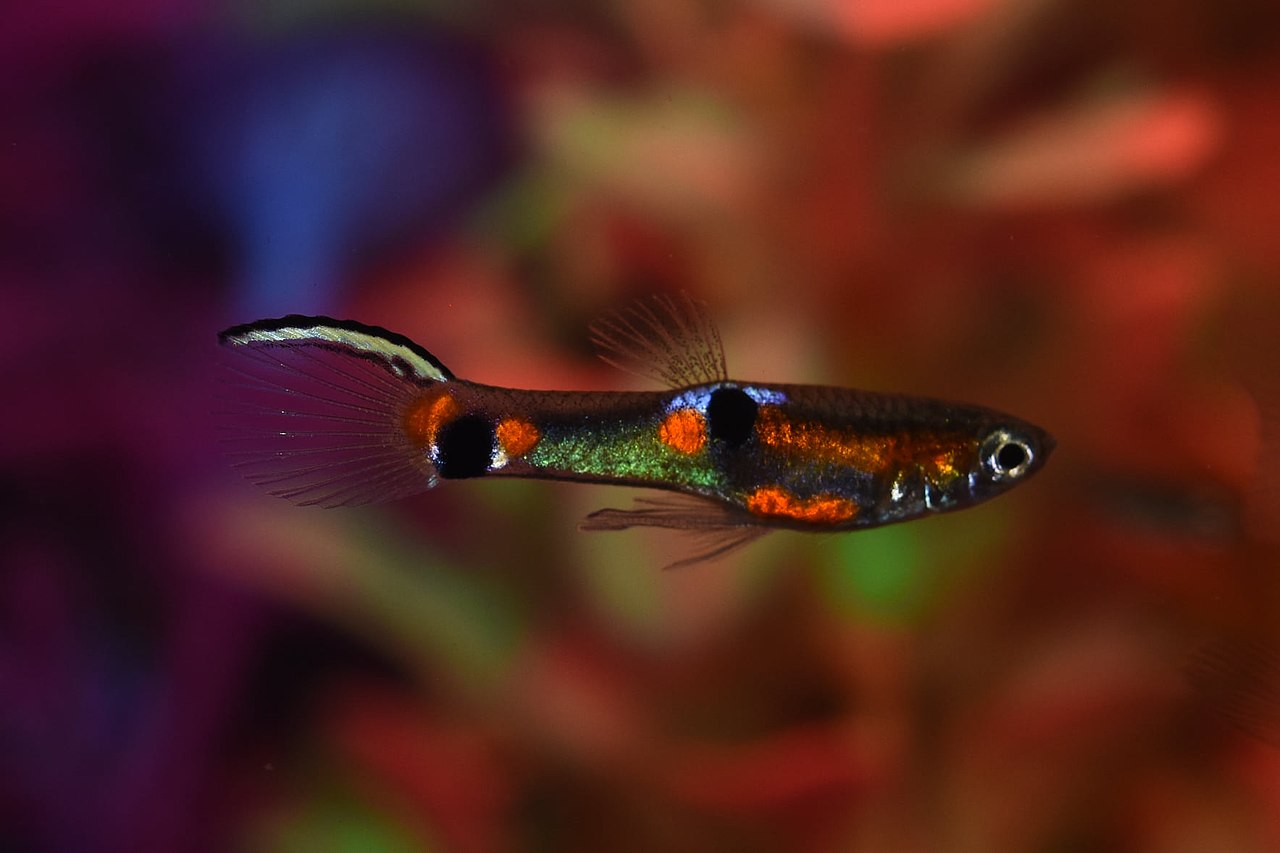
Leave a Reply